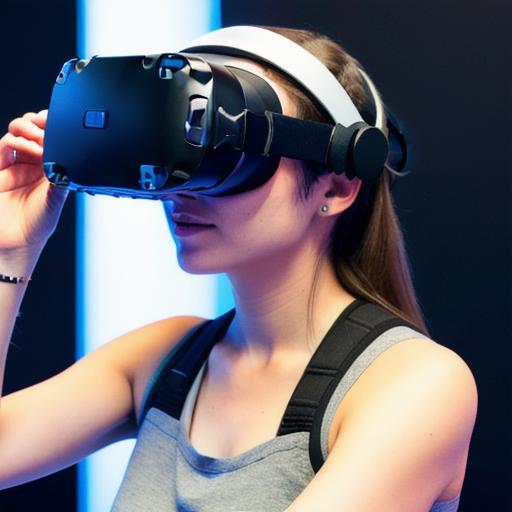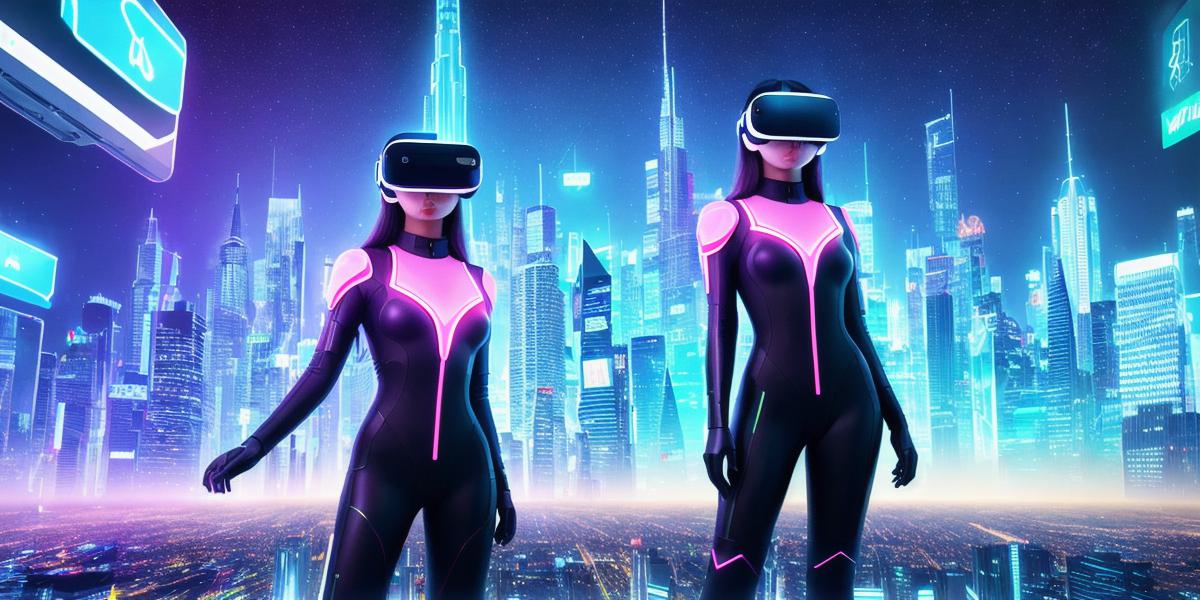The metaverse, a collective virtual shared space, is an emerging digital frontier that has been gaining significant attention in recent times. It represents a new dimension of the internet, where users can interact in a more immersive and engaging way. The development of this virtual world relies on various advanced technologies, each playing a crucial role in shaping its unique characteristics. In response to your query, let’s delve into the different technologies that power the metaverse experience.
1. Virtual Reality (VR) and Augmented Reality (AR)
Virtual Reality (VR) and Augmented Reality (AR) are core technologies in creating the immersive environment of the metaverse. VR provides a fully enclosed, simulated environment, while AR overlays digital information on the real world. Both technologies enable users to interact with a three-dimensional world, fostering a sense of presence and immersion.
**Example:**
In Decentraland, a popular metaverse platform, users can create, experience, and monetize content and applications using VR and AR technologies.

**2. Blockchain and Cryptocurrencies**
Blockchain technology and cryptocurrencies form the backbone of many metaverse projects, providing security, transparency, and decentralization. The distributed ledger system ensures that all transactions within the metaverse are secure, immutable, and transparent. Moreover, cryptocurrencies act as digital currencies, facilitating peer-to-peer transactions and enabling virtual economies to thrive.
**Example:**
In The Sandbox, a metaverse gaming platform, users can buy, sell, and trade virtual lands, assets, and non-fungible tokens (NFTs) using cryptocurrencies like SAND and Ethereum.
**3. Artificial Intelligence (AI) and Machine Learning (ML)**

Artificial Intelligence (AI) and Machine Learning (ML) are used extensively in the metaverse to create personalized experiences, power virtual assistants, and enable complex interactions between users and virtual environments. These technologies help develop intelligent avatars, recommend content based on user preferences, and provide a more lifelike and interactive experience.
**Example:**
In Somnium Space, a social VR platform built on the Ethereum blockchain, AI-driven features like voice recognition enable users to communicate naturally within the virtual world.
**4. Graphics Processing Units (GPUs) and Real-time Rendering**
High-performance GPUs and real-time rendering are essential components of the metaverse experience, ensuring that visuals appear seamlessly in real-time. These technologies allow for the creation of stunning 3D graphics, enabling users to explore virtual environments as if they were physically present.
**Example:**
In Microsoft’s Minecraft: Education Edition, teachers and students can use GPUs and real-time rendering to create immersive educational experiences within a virtual world.
**5. Haptic Feedback and Motion Tracking**
Haptic feedback and motion tracking technologies bring an additional layer of realism to the metaverse experience by simulating physical sensations and movements. These technologies enable users to feel more connected to their virtual environments, enhancing the overall sense of presence and immersion.
**Example:**
In Oculus Quest 2, a popular VR headset, haptic feedback and motion tracking are used to provide users with a more realistic interaction experience within the metaverse.
In conclusion, the metaverse is powered by various advanced technologies, each contributing uniquely to create an immersive and interactive digital world. Virtual Reality (VR), Augmented Reality (AR), Blockchain, Cryptocurrencies, Artificial Intelligence (AI) and Machine Learning (ML), Graphics Processing Units (GPUs) and Real-time Rendering, Haptic Feedback, and Motion Tracking are just a few of the technologies that bring the metaverse to life. These technologies work in harmony to create a rich, engaging, and ever-evolving virtual space where users can connect, create, and explore.
